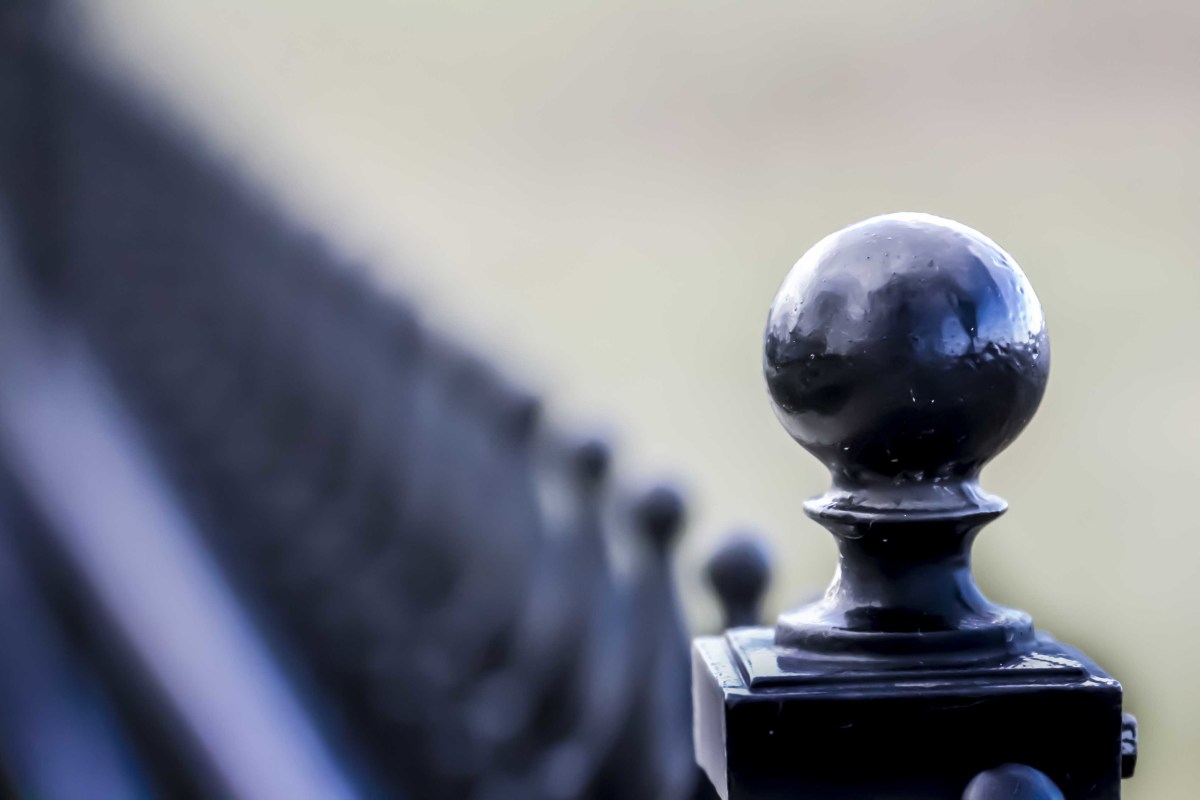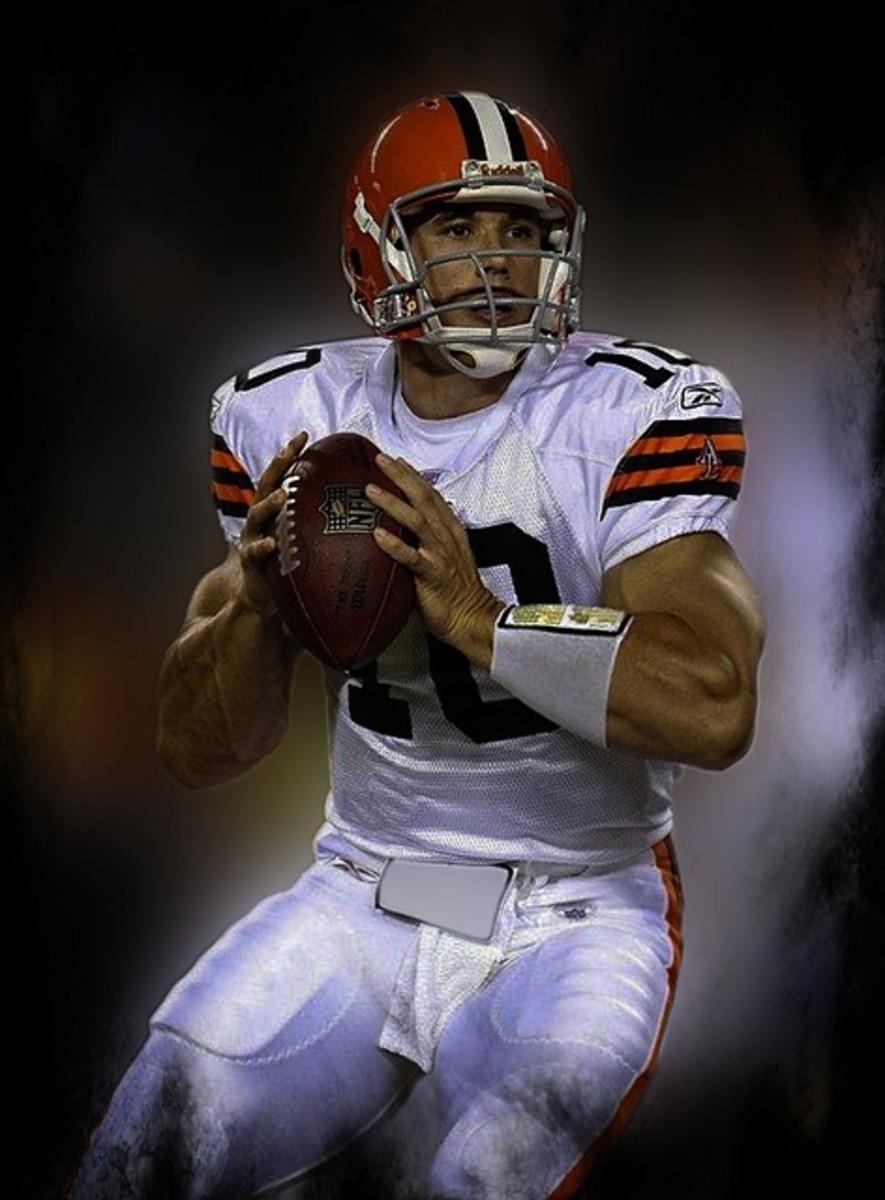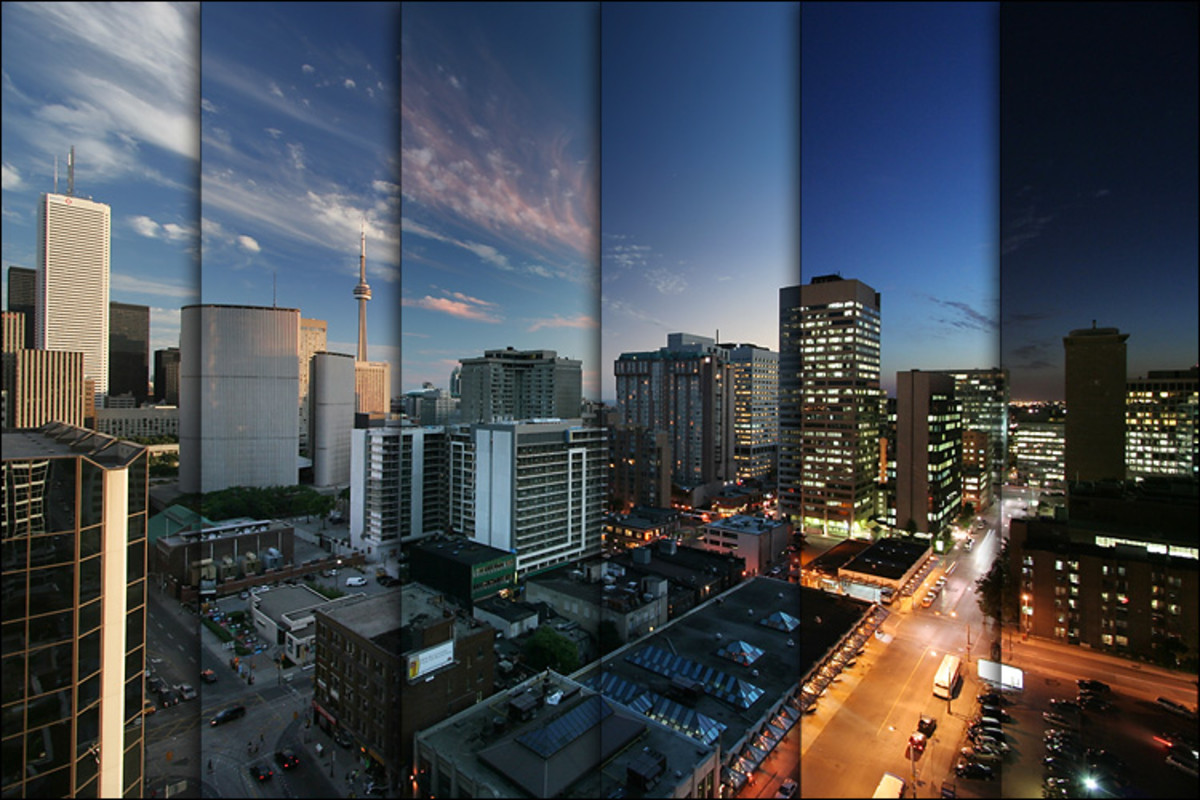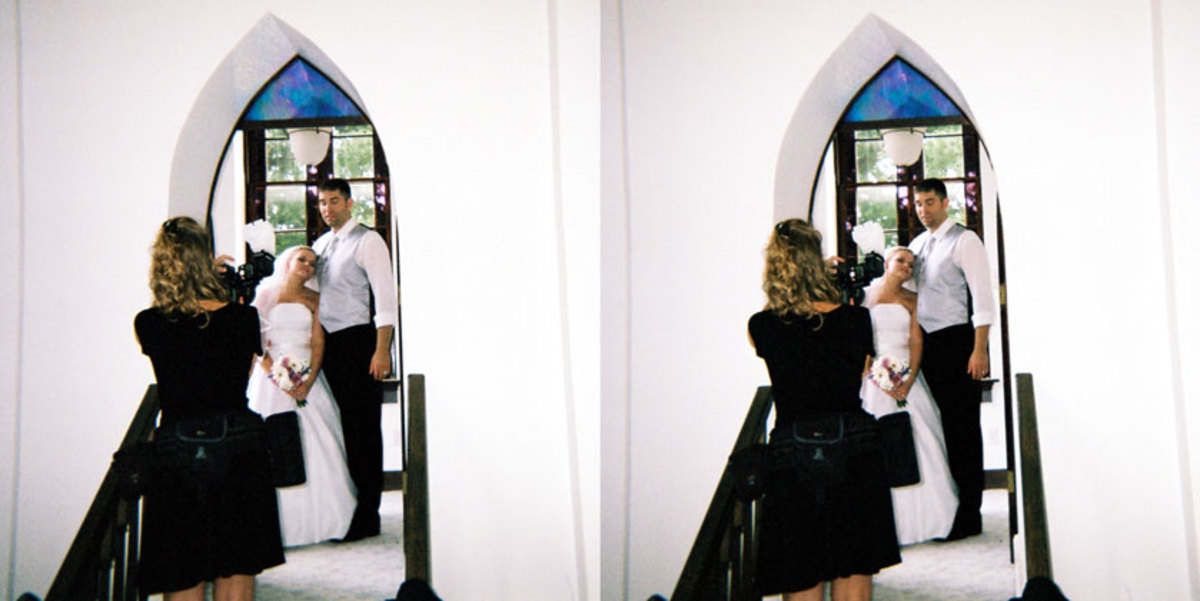- HubPages»
- Arts and Design»
- Photography»
- Photography Instruction & How-Tos
Sports Photography Tips: Composition and Depth of Field
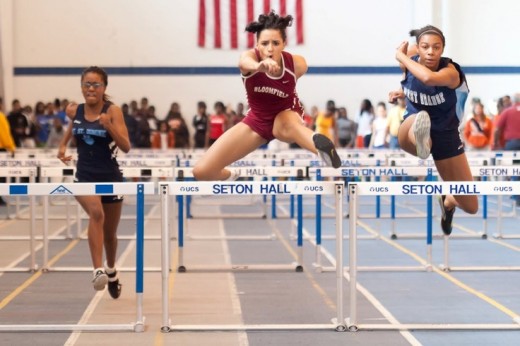
Sports photography is one of those "sexy" forms of photography. Everybody wants to be a sports photographer, and with the proliferation of dSLRs among parents everything thinks they are a sports photographer.
And while you can get some amazing photos of your kids at their intramural or high school sports, many people end up with results that are just lackluster.
Why is that?
Because simple snapshots make very lousy sports photographs. It's not quite rocket science, but you need to know what you're doing and practice it to make sure that you get photos worth sharing with your friends. If you want to boil it down, there are two key components to a good sports photo - depth of field and composition.
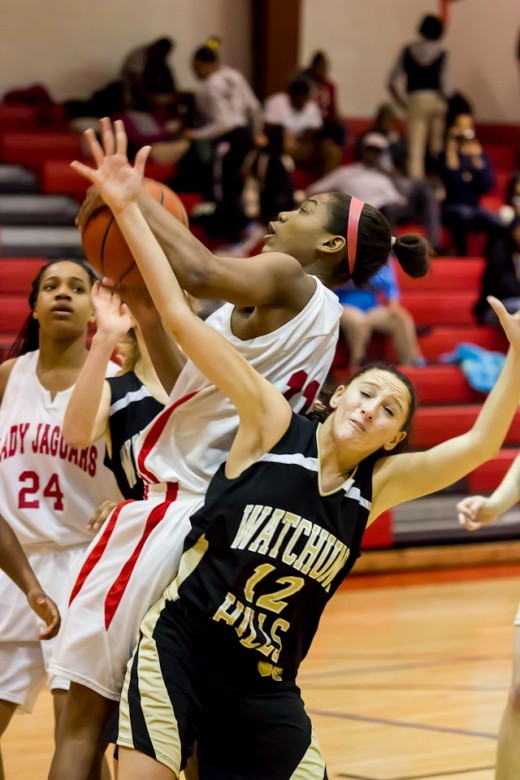
Depth of Field in Sports Photography
Depth of field is how much of a photo is in focus at a given time. With a shallow depth of field, you end up with a subject that is in sharp focus (hopefully), and the rest of the photo is fuzzy and out of focus.
Why do you want to do this? It isolates the subject from the background, making him or her pop out. With a large depth of field, on the other hand, the subject can easily get lost in a busy background. Sporting events have notoriously busy backgrounds - what with fans in the stands, players on the sidelines, or runners milling about the infield.
So how do you achieve this?
First, you need a large aperture. If you leave the camera in automatic on a sunny day, you might end up with an aperture of f/8.0. This isn't going to work! You'll want something like f/4.0 or f/2.8. Larger apertures lead to shallower depths of field. (Read this hub about aperture and exposure for more information.)
Second, you need a long focal length. By zooming in with a longer focal length (i.e. 200mm), you create a relatively smaller depth of field than if you moved yourself closer to the subject and used a wider focal length (like 50mm). This means that telephoto lenses are absolutely necessary for sports photography - not only for their zooming capabilities but also for their ability to compress the depth of field.
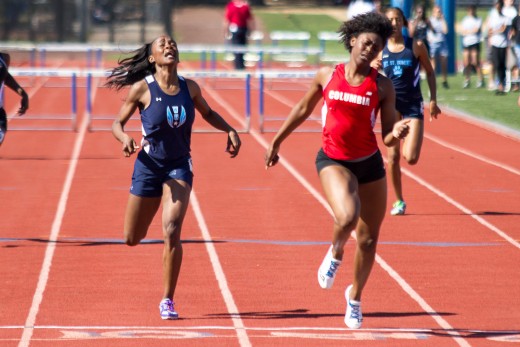
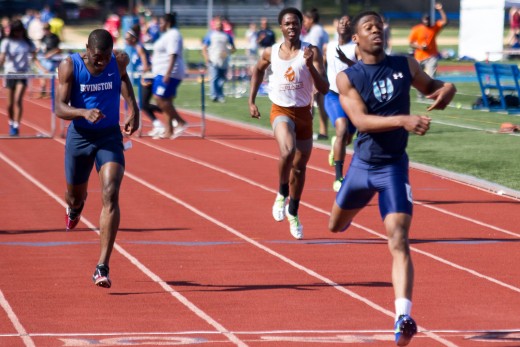
Composition in Sports Photography
Next, you have to consider composition.
One important aspect of this is magnification. A telephoto lens helps compress the depth of field, but it also brings you in closer to the action. According to Scott Kelby, this is one of the things that really sets good sports photographs apart from snapshots. Everyone can experience a "wide shot" from the stands. But a good sports photographer will bring you in close to the action, giving you a perspective you would otherwise not have experienced.
Next, consider the background. At a track meet, for example, you want to look directly down the track, as in the picture to the top right. If you look across the track (like the picture to the right), you end up with a busier background that draws attention away from the runners. Likewise, in a basketball or volleyball game, you'll want to put the court in the background instead of the stands. Otherwise, the players will blend in and get lost in the fans.
Of course, there are times that you want to break these rules - but those are the exception, not the rule.
Finally, it helps to get down low. This creates a better perspective for your photo and thus creates a more impressive composition. Try taking a few different shots of a basketball game - one a few feet up in the stands, one standing on the court, and one sitting on the ground looking up. The latter two will create the most impressive photos that imply action. The shot from the stands, as Scott Kelby would say, is too much like the experience everyone else already has looking down from above.
Practice Composition, and Bring the Right Gear
Finally, the sad fact is that you need good gear to make good sports photo.
A common theme in the tips above is the need for a telephoto lens. You can get away with a cheap telephoto lens if you're doing outdoor sports, but you'll need a more expensive piece of fast glass for indoor sports. You'll also need a camera that has a high ISO if you plan on shooting indoors.
For more specific suggestions on camera shopping, check out this hub about choosing a camera for sports photography or these guides to comparing Canon cameras. But the bottom line is that while your average dSLR, like a Canon t3i or t4i, can take great sports photos, the kit lens that comes with it can not. If you're on a tight budget, buy a cheap, new camera body and invest some extra money in a nice telephoto lens.


